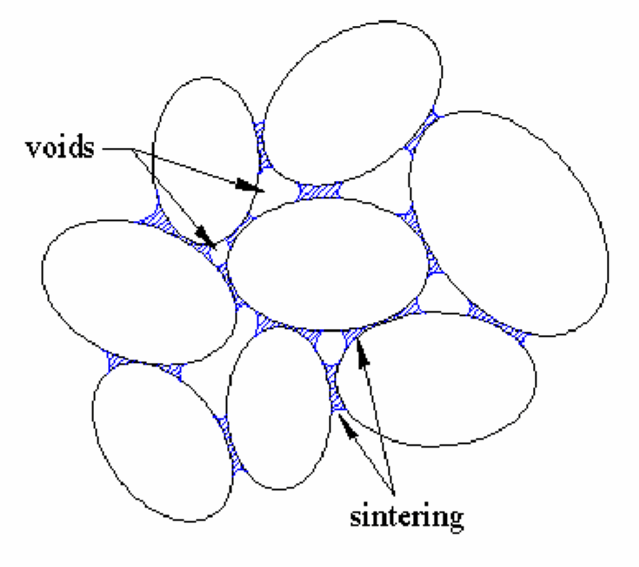L.M. Federico1, S.E. Chidiac2, R.G. Drysdale3
- Department of Civil Engineering, McMaster University, Hamilton, Ontario, federilm@mcmaster.ca
- Associate Professor, Department of Civil Engineering, McMaster University, chidiac@mcmaster.ca
- Professor, Department of Civil Engineering, McMaster University, and Martini, Mascarin and George Chair in Masonry Design, drysdale@mcmaster.ca
ABSTRACT
Fired clay bricks are produced when clay particles bond to one another at high temperatures, forming a glassy material, which, upon cooling, displays high strength and durability properties. High temperatures required to melt SiO2 mean high energy cost associated with brick production. In addition to cost, challenges facing the modern brick industry include shortages of raw material and environmental impacts of production. The feasibility of using waste material as a brick body was investigated, where several possible waste additives, including slag, biological waste, and waste container glass, were considered. A literature review was conducted in order to assimilate past work and experimental results. The results of several testing programs were compared and the feasibility of further work in the addition of waste additives to bricks was discussed. Due to its soda content, amorphous glassy structure, and availability, waste glass was determined to be a feasible option for addition. The specimens with glass additions exhibited an increase in compressive and flexural strength, a decrease in the initial rate of absorption, and an increase in firing shrinkage. The determination of feasibility of adding slag or biological waste to bricks was hindered by a lack of comparable data; however, the limited comparison available suggested the necessity for additional, directly comparable testing programs. As a result, an experimental program was developed to investigate potential benefits in terms of strength, absorption, and durability of bricks associated with the addition of waste glass, as well as economic and environmental gains as a result of the process.
KEYWORDS: brick; clay; waste material; slag; glass
3a-1



